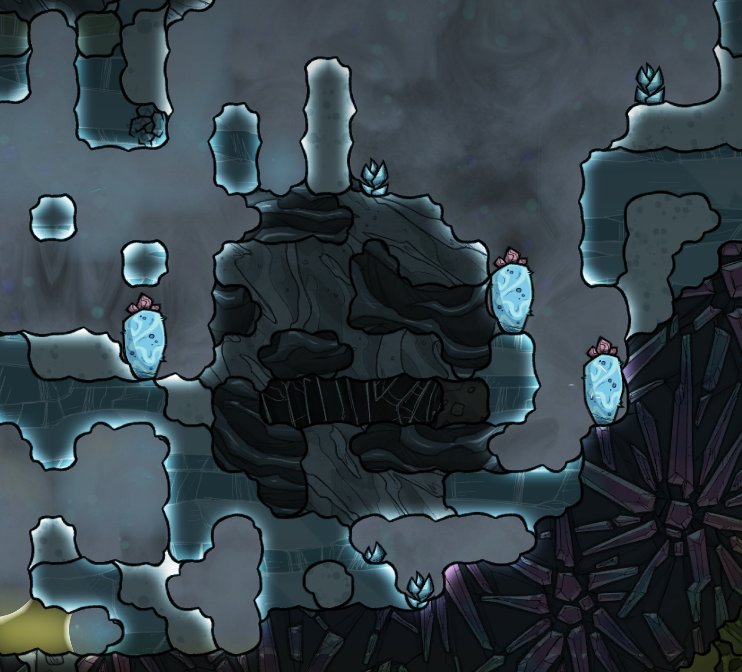

In the late 17th century, Robert Boyle proved that air is necessary for combustion. Many centuries later Leonardo da Vinci built on Philo's work by observing that a portion of air is consumed during combustion and respiration.

Philo incorrectly surmised that parts of the air in the vessel were converted into the classical element fire and thus were able to escape through pores in the glass. In his work Pneumatica, Philo observed that inverting a vessel over a burning candle and surrounding the vessel's neck with water resulted in some water rising into the neck. One of the first known experiments on the relationship between combustion and air was conducted by the 2nd century BCE Greek writer on mechanics, Philo of Byzantium.

Priority is often given for Priestley because his work was published first.

Oxygen was isolated by Michael Sendivogius before 1604, but it is commonly believed that the element was discovered independently by Carl Wilhelm Scheele, in Uppsala, in 1773 or earlier, and Joseph Priestley in Wiltshire, in 1774. However, ozone present at the surface is a byproduct of smog and thus a pollutant. Another form ( allotrope) of oxygen, ozone ( Oģ), strongly absorbs ultraviolet UVB radiation and the high-altitude ozone layer helps protect the biosphere from ultraviolet radiation.
OXYGEN NOT INCLUDED OIL RESERVOIR FREE
Oxygen is too chemically reactive to remain a free element in air without being continuously replenished by the photosynthetic action of living organisms. Oxygen is continuously replenished in Earth's atmosphere by photosynthesis, which uses the energy of sunlight to produce oxygen from water and carbon dioxide. Most of the mass of living organisms is oxygen as a component of water, the major constituent of lifeforms. ĭioxygen provides the energy released in combustion and aerobic cellular respiration, and many major classes of organic molecules in living organisms contain oxygen atoms, such as proteins, nucleic acids, carbohydrates, and fats, as do the major constituent inorganic compounds of animal shells, teeth, and bone. Oxygen makes up almost half of the Earth's crust in the form of oxides. Diatomic oxygen gas currently constitutes 20.95% of the Earth's atmosphere, though this has changed considerably over long periods of time. At standard temperature and pressure, two atoms of the element bind to form dioxygen, a colorless and odorless diatomic gas with the formula OĢ. Oxygen is Earth's most abundant element, and after hydrogen and helium, it is the third-most abundant element in the universe. It is a member of the chalcogen group in the periodic table, a highly reactive nonmetal, and an oxidizing agent that readily forms oxides with most elements as well as with other compounds. Oxygen is the chemical element with the symbol O and atomic number 8.


 0 kommentar(er)
0 kommentar(er)
